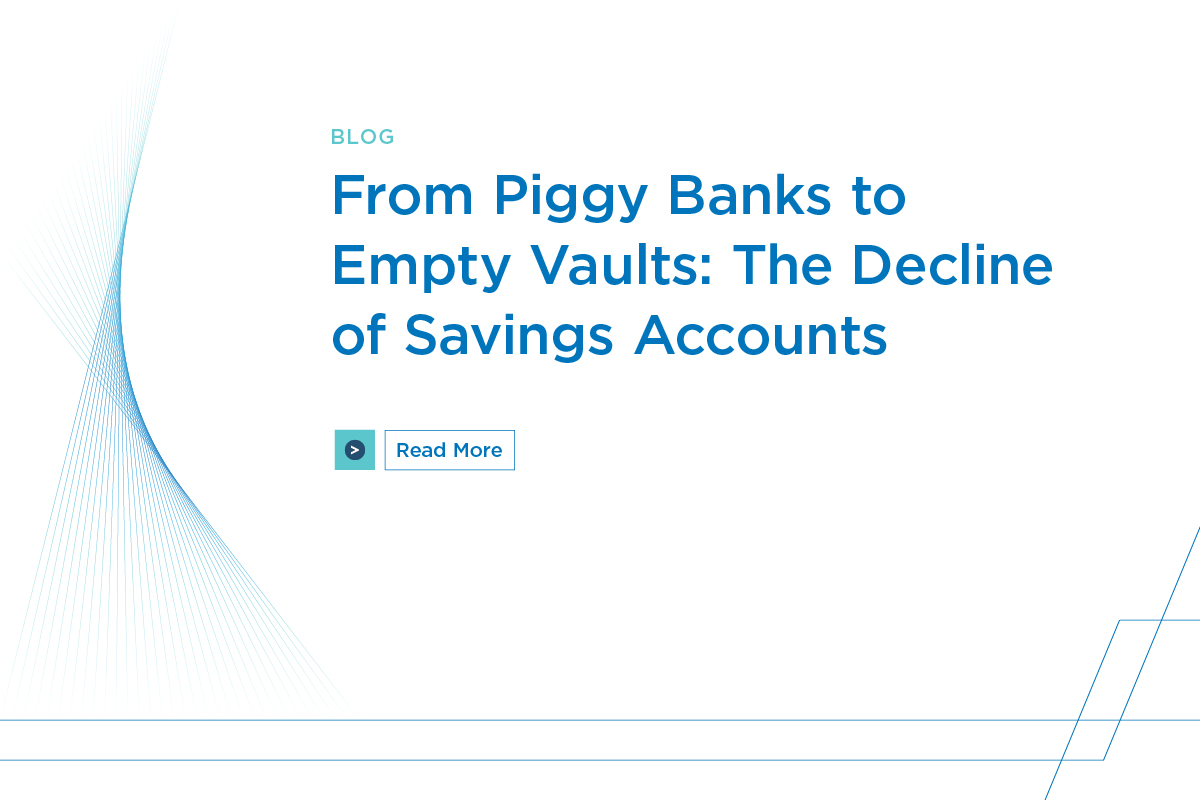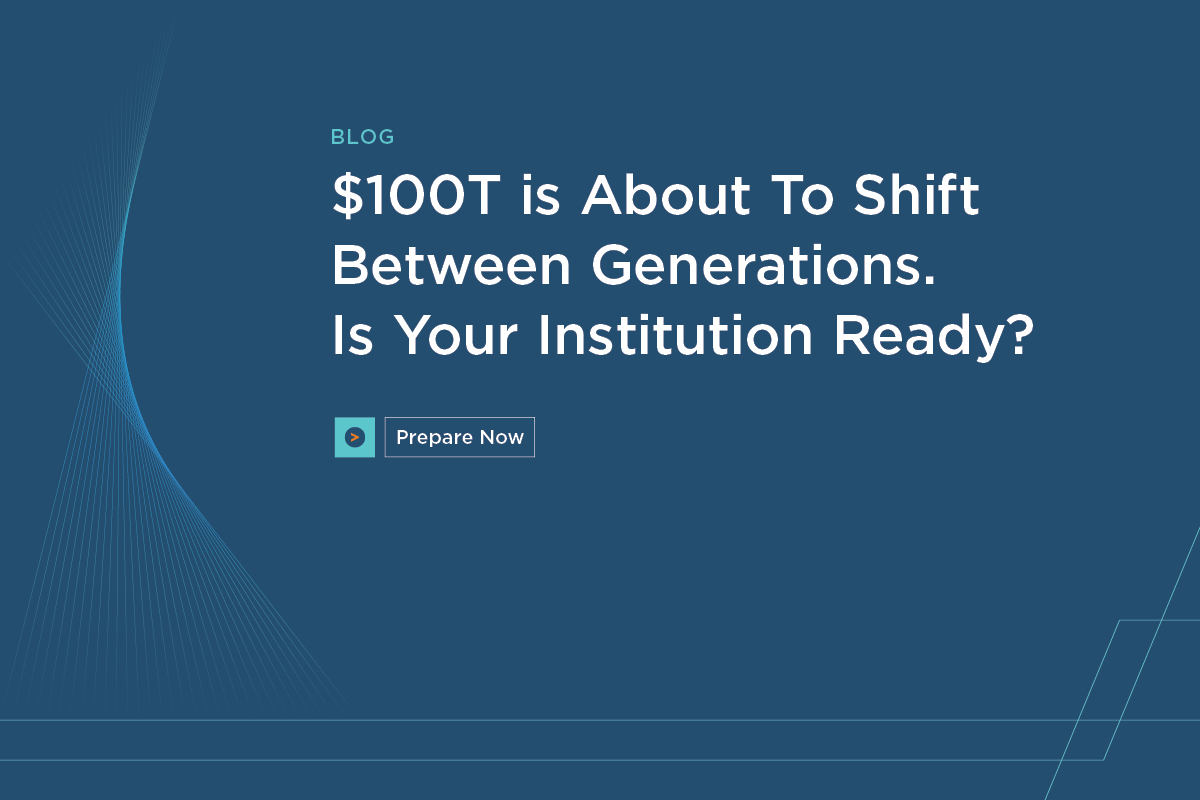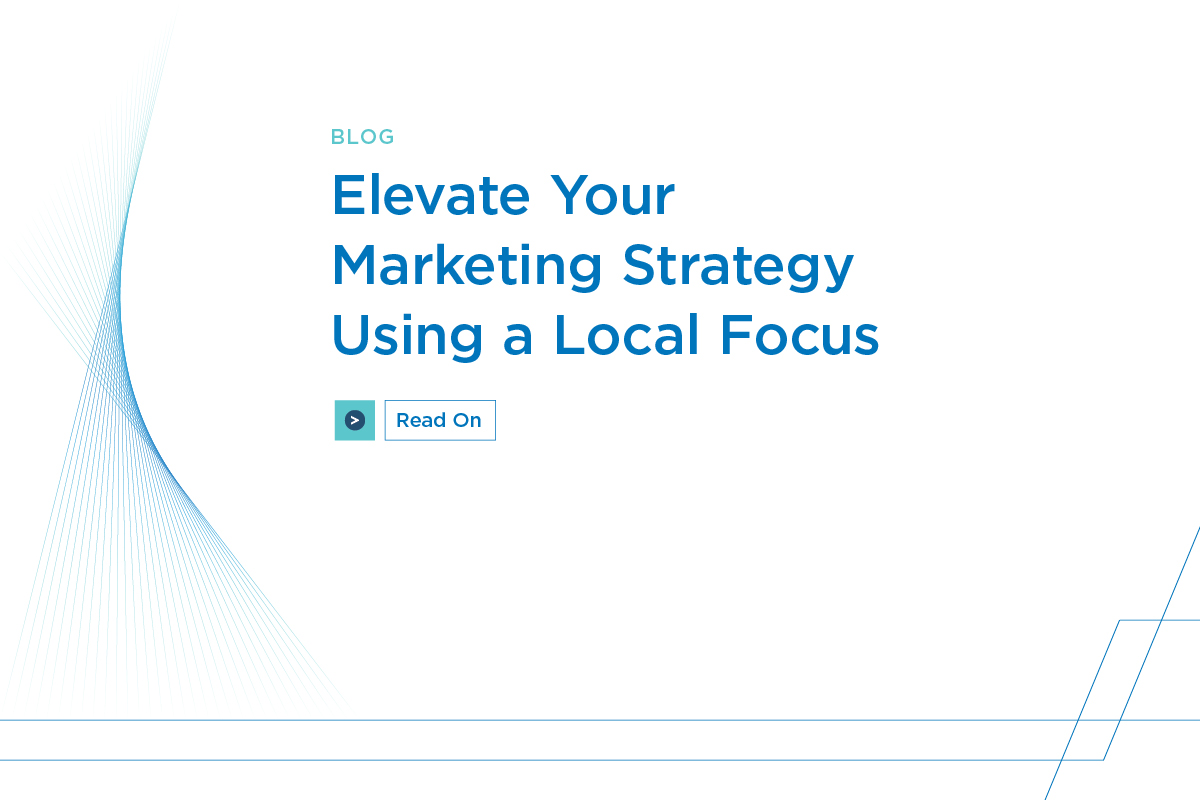Summary
- Gen Z consumers want to improve their financial literacy, finding education on the topic to be lacking.
- As they become more independent, many older Gen Z individuals are ready for a relationship with a financial institution.
- Read on for insight to cultivate loyalty among these digital natives through supportive, authentic efforts.
Managing finances is challenging at any age, but especially for Gen Z, the newest group of financial services consumers. Defined by Pew Research as born in 1997 or after, Gen Z represent 27% of the population. Recent research from IRI and The Female Quotient also found that on average, Gen Z drive 14 times greater dollar opportunity than other generations. So, reaching and solidifying a relationship with this generation represents a critical investment for financial institutions.
And the 18–24 sub-group of Gen Z is particularly important. These young consumers are more independent and, for many, are being taken off their parents’ “payrolls” for the first time. They are being launched into the real world of working, budgeting and responsible spending. While many parents encourage good choices for Gen Z, this decision-rich time of life will benefit from help on topics from grappling with college expenses, looking for an apartment and getting started in a new job.
Gen Z Demands a Real Financial Education
Older Gen Z consumers have reported looking for help in understanding financial products and best practices because they find most of the available financial literacy education to be lacking. They want advice for savings, loans and investing.
- According to The Financial Brand (citing an Experian study), only 19% of recent graduates felt that they had a good understanding of credit, and about two thirds said they had not received any education on personal finance in school.
- A Laurel Road survey found that 53% of Gen Z respondents believe they can improve their financial literacy, but don’t know how.
- Nearly half (49%) of Gen Z consumers surveyed by Experian noted they found financial topics to be somewhat interesting or interesting — and 11% said they loved learning about them.
However, this upskilling must be done with Gen Z specifically in mind, and they should not be considered “millennials 2.0.” For example, while the generations have similarities, Gen Z are more debt-averse and have fewer credit cards (avg. 2.2 vs. 2.9) says a survey from The Ascent. According to our 2021 Consumer Intel Report, this generation reported feeling most negatively impacted by COVID-19 in 2020 and they are less optimistic about their personal finances than the average consumer.
Reach Gen Z on Their Terms
To reach Gen Z, it’s important to be helpful and supportive, meeting them on their terms, wherever they are, delivering an authentic experience and delivering it across communication channels. Nurturing a long-term, loyal relationship with Gen Z simply cannot be limited to a “one-and-done” campaign.
Social Media: For media to be effective it must be “informative and authentic.” And that almost certainly includes social media, since Instagram (57%), TikTok (52%) and Snapchat (41%) are the top three social platforms Gen Z turns to for financial information, found a Credit Karma study.
Direct Mail: While social media is their “base,” heavy cross-platform consumption means there is also opportunity to reach them with other media. In a recent study, Vericast found that over half of Gen Z are aware of direct mail and 22% of those people will make purchases based on an offer they receive via direct mail. Prosper Insights & Analytics also reports that one-third of the media influence for Gen Z in the Financial Services category comes from online media, followed by 22% for print and 18% from mobile.
Connected TV (CTV): CTV represents a huge opportunity for banks to deliver important messages and incentives to Gen Z. The 2021 Consumer Intel Report notes that 74% of Gen Z are watching more streaming video/TV shows since the pandemic. Our February 2021 CTV survey found that 55% of 18- to 24-year-olds agree they are more inclined to research or purchase a product/service they see on streaming TV than traditional cable TV.
To engage them, just be sure to give them a quality experience that they can easily recognize across all their favorite channels. Financial institutions who connect with Gen Z who watch CTV can also collect a goldmine of deeper data to power and improve future campaigns.
Banks Win When They Invest in the Newest Influential Generation
Many older Gen Z consumers are ready for a relationship with a financial institution and have stated as much. Cultivating loyalty with them means delivering convenience, responsiveness and authenticity because, as the first digital natives, they expect nothing less. So, meet them on their terms: Give them helpful information delivered in an engaging way and think differently to capture their hearts and minds. For instance, a study from Civic Science found out that two out of five Gen Z individuals were more apt to find it at least a little bit important that a bank offer free snacks or refreshments when they visit a branch.
Another strategy might be to shore up relationships with parents since Gen Z may look to parents for advice on banking as they begin to establish credit. The first place parents might go for advice is to their existing bank, and so the legacy of a good relationship with a financial institution is handed down in perpetuity.
Consumer Packaged Goods (CPG) companies have made an art out of brands being passed down through the generations: Brands such as Dove and Colgate exist in homes when kids are very young, and they are oftentimes the first brand choices as these new adults go out on their own. There is no reason why the legacy of a good banking relationship shouldn’t continue as well. It just takes a willingness to understand a new way of thinking.
But the investment that banks make in understanding the Gen Z consumer now will pay dividends in the future.
If you want to learn more about what’s on the mind of consumers right now, download our 2021 Consumer Intel Report.



